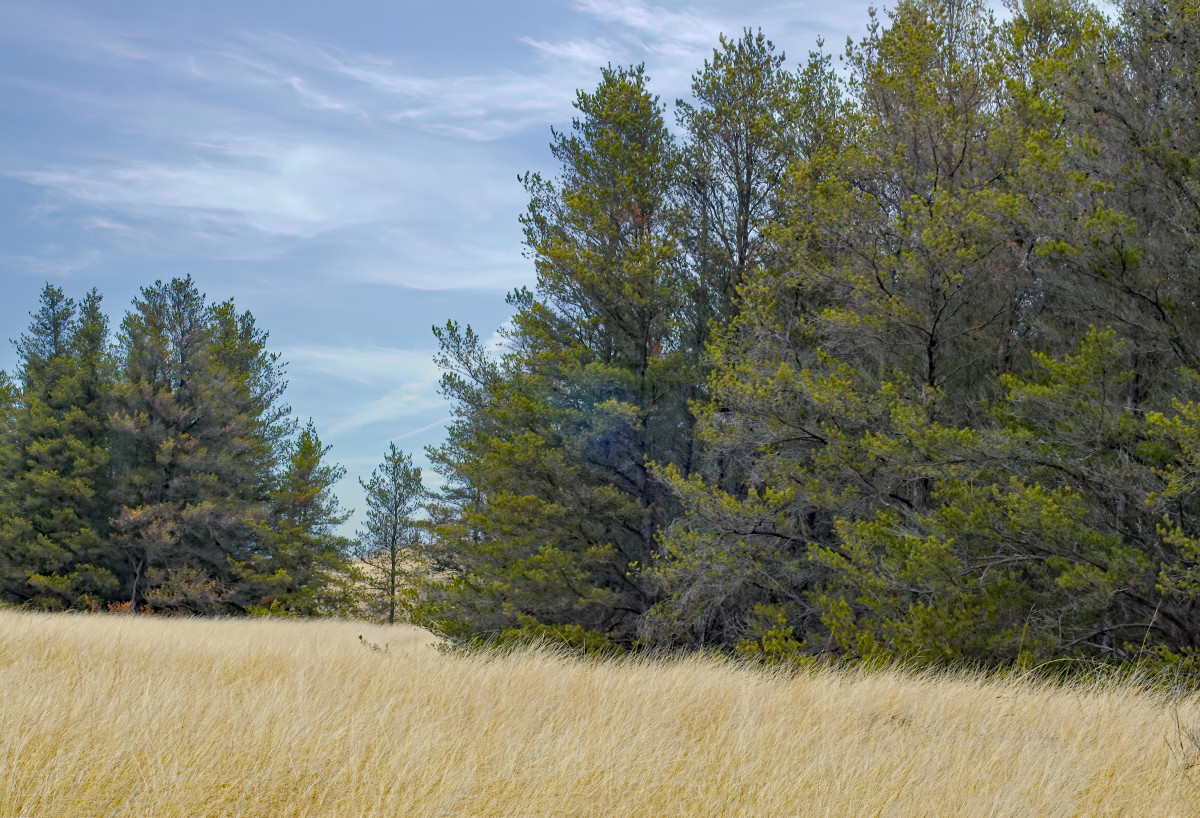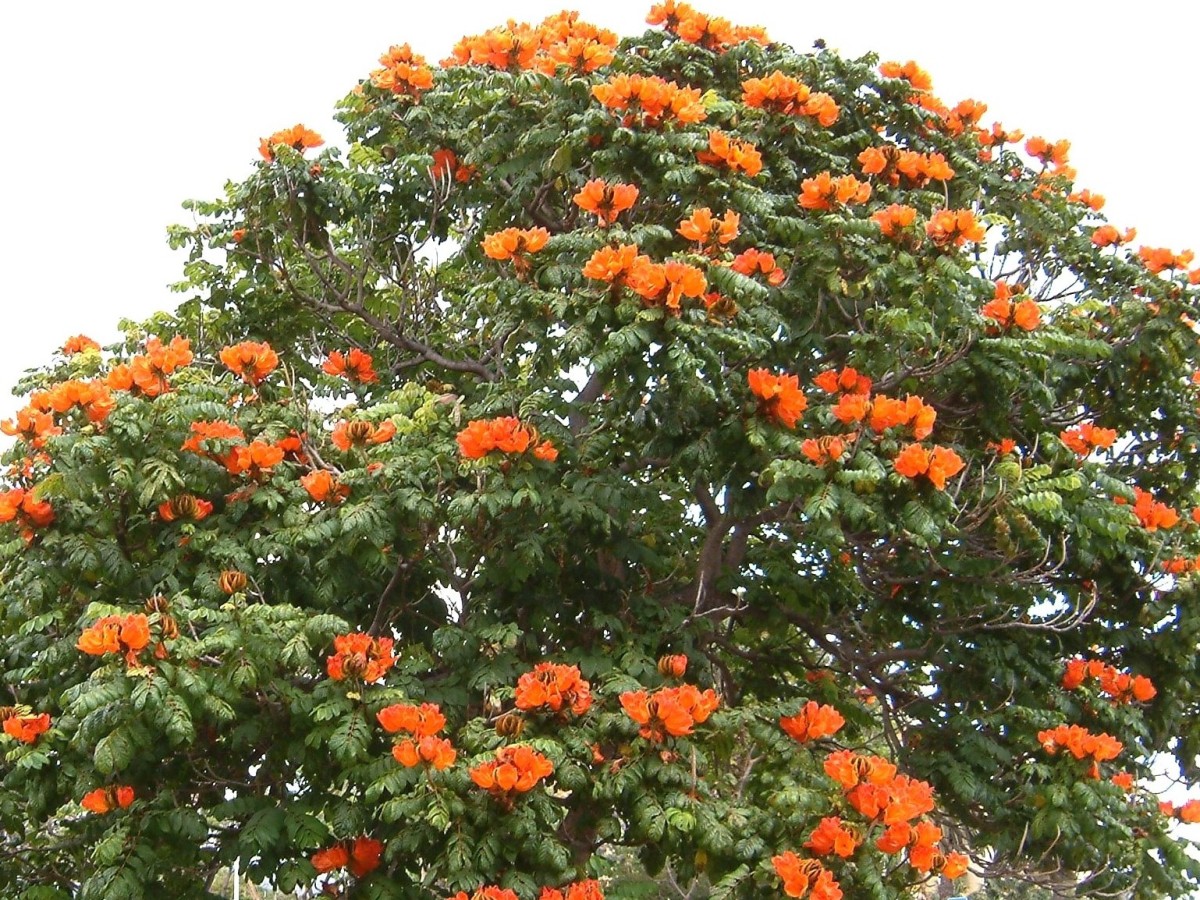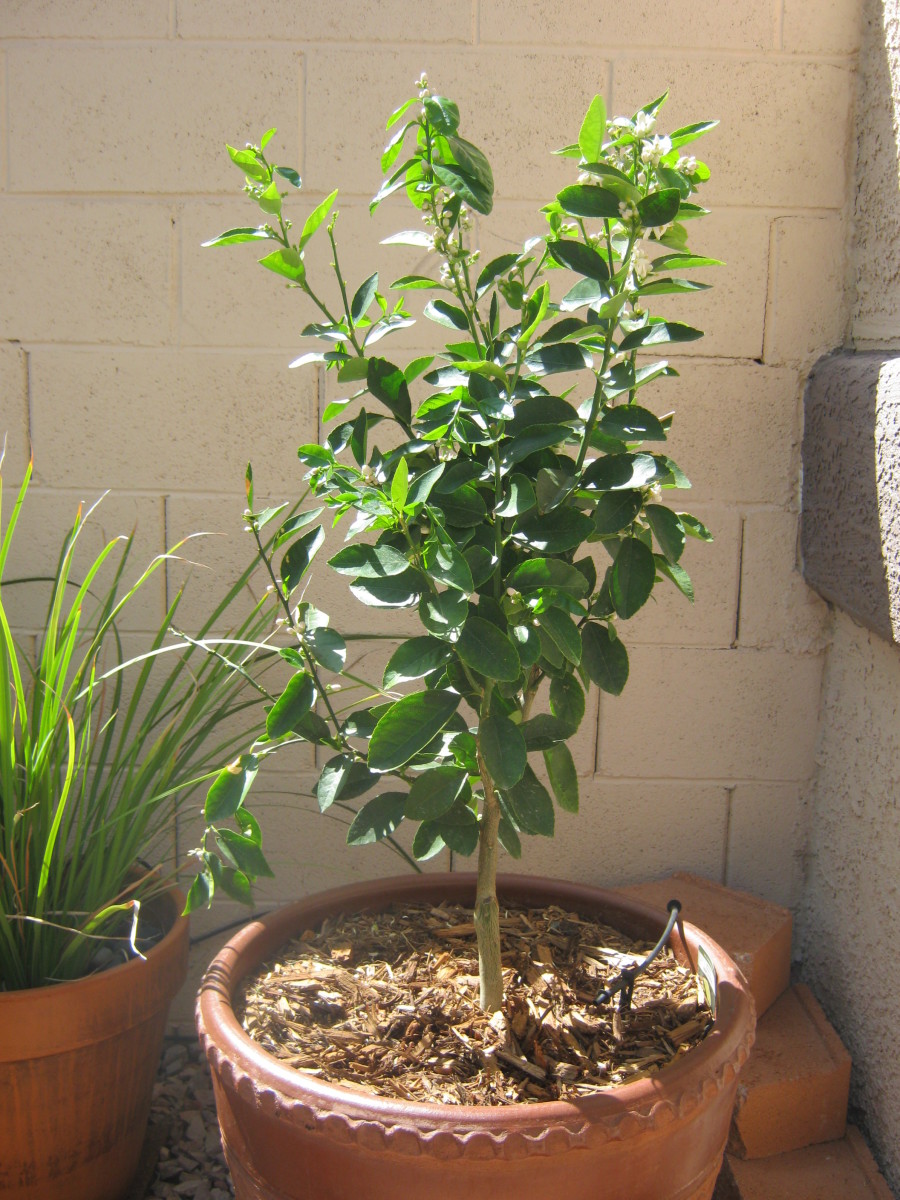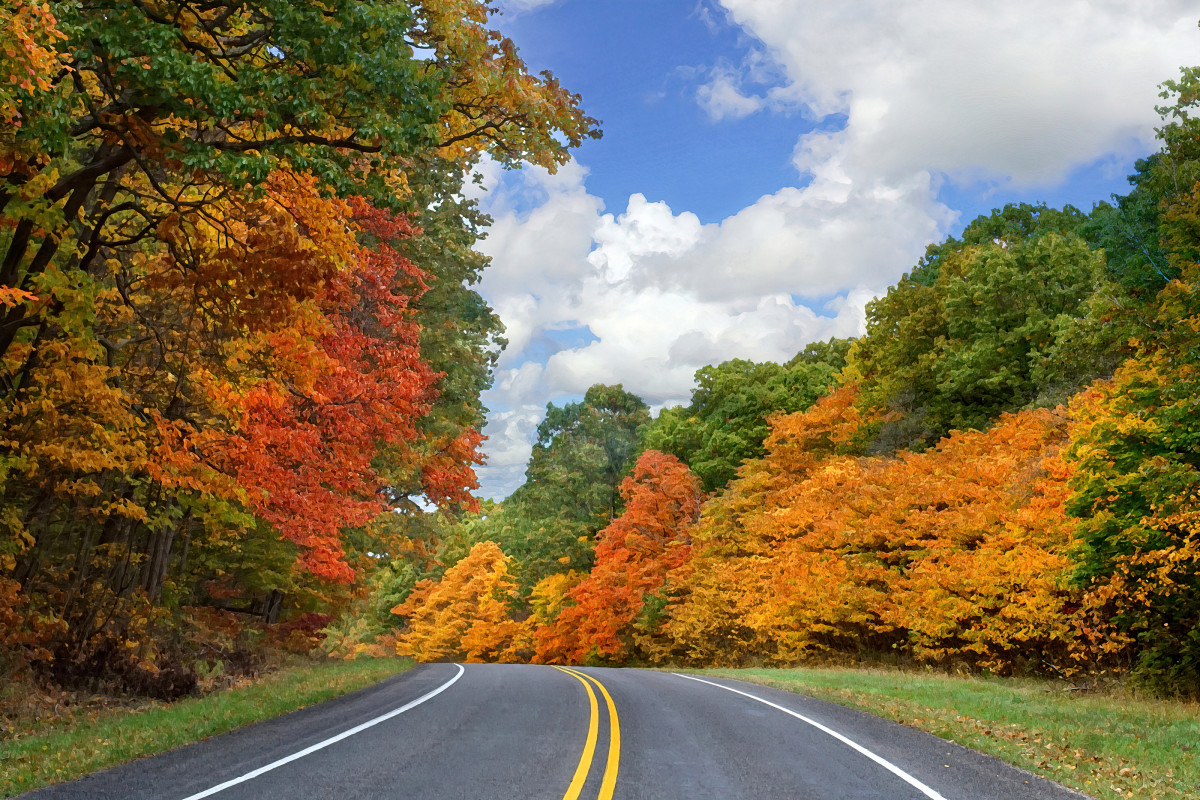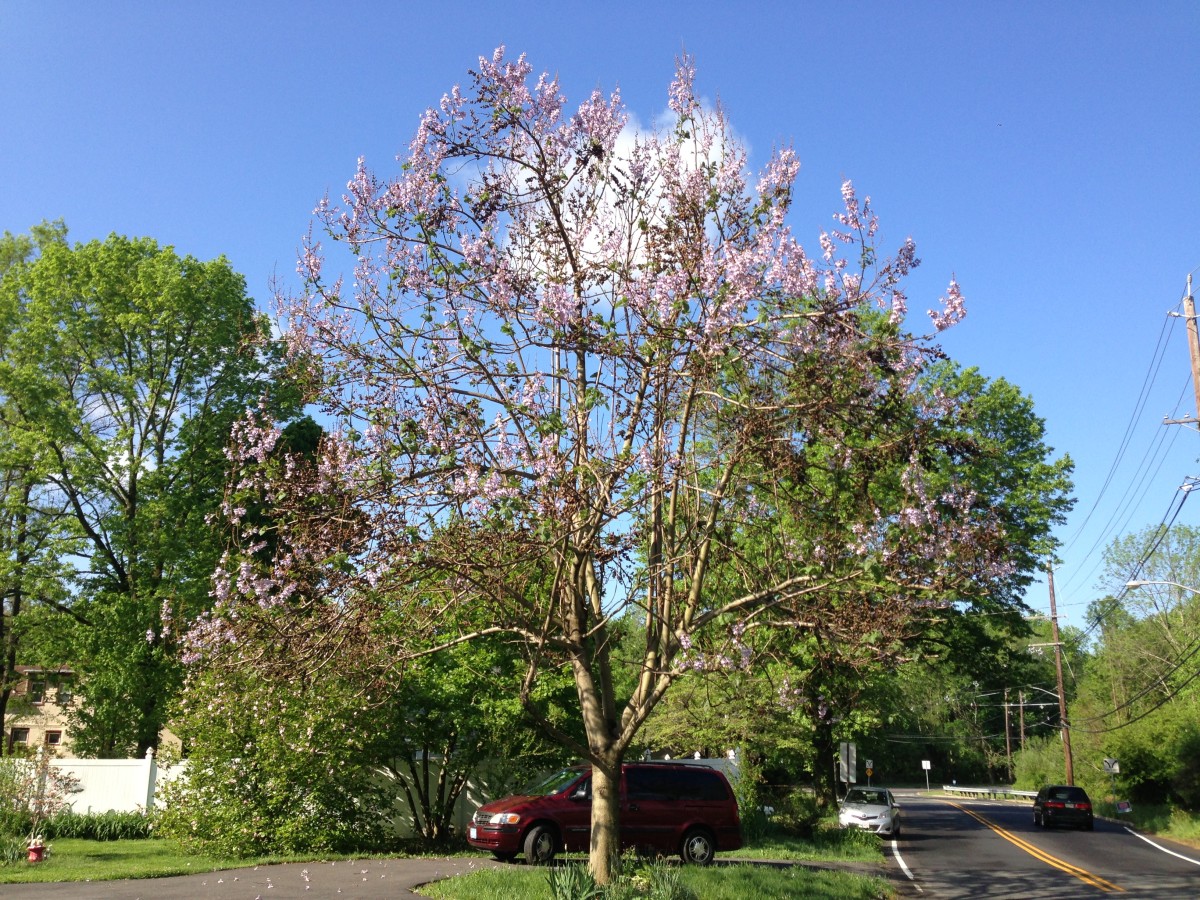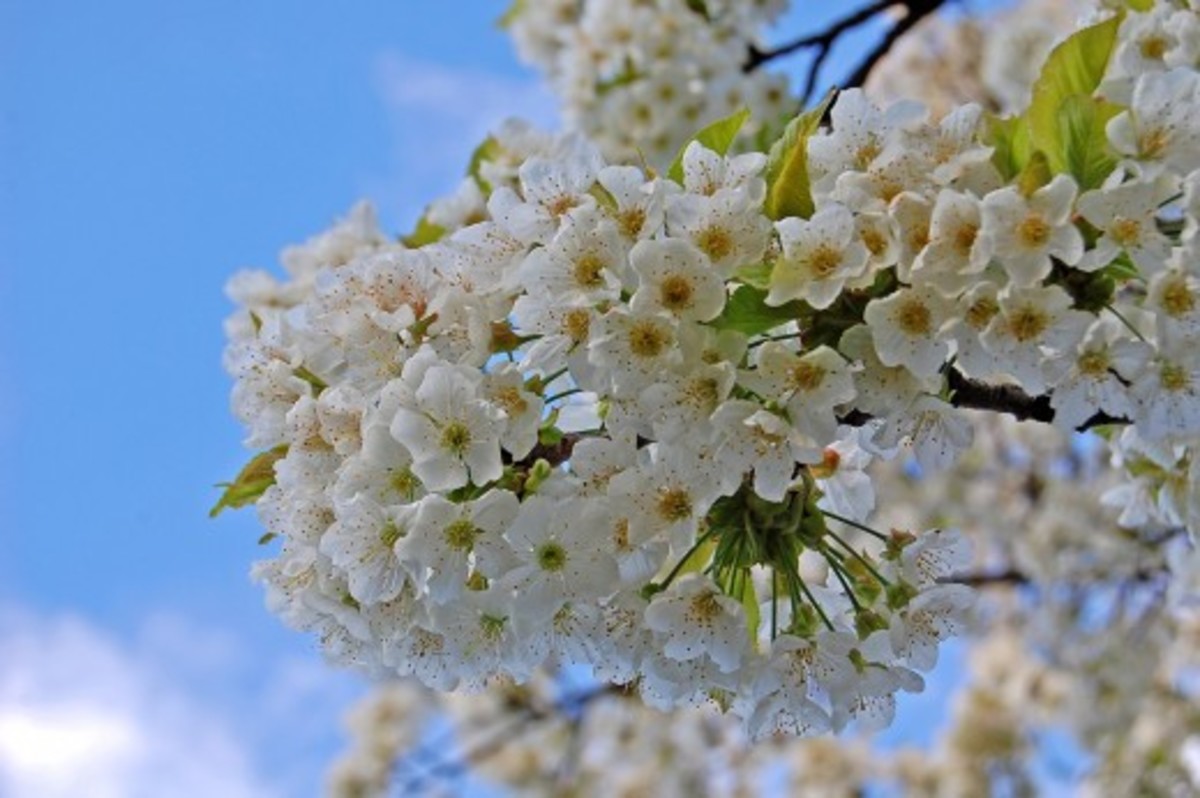Winter Sun Scald on Trees

Sun Scald Damage
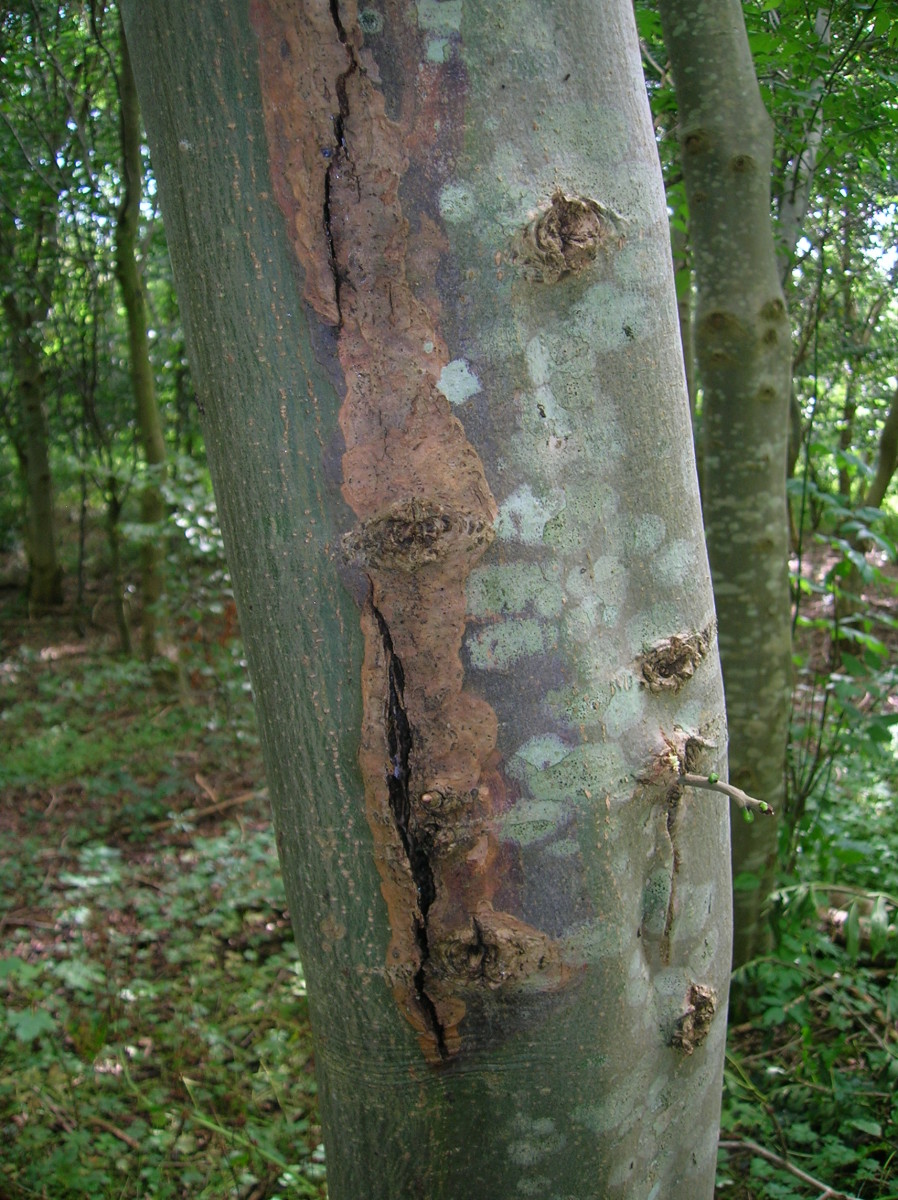
Sun Scald
Sun scald and frost cracking are similar and occur during the colder months, but sun scald is typically less severe. A sharp drop into freezing temperatures can result in cooling rapidly within the bark. The rapid cooling destroys developing tissues of the inner bark, especially when frosts and freezing temperatures occur during early autumn just before dormancy or in late spring when dormancy has ended. Direct sunlight onto the bark during winter months can also cause the tree to slip out of dormancy and being growing. Sun scald may happen at any time of the year, but damage via sun scald is typically more severe during cold weather. Damage may not be noticed immediately after scalding has occurred. Injured bark will appear as sunken with discoloration, cracking, and peeling. Sun scald damage may not be noticed until new growth begins during the spring and summer months.
Sun scalding rarely kills a tree, but excessive and repeated damage to a young tree that is a few years old may cause enough damage to warrant a replacement tree. A replacement tree is sometimes more feasible compared to a very damaged, unsightly tree. Sun scald fissure wounds allow insects and organisms, especially ants and fungi, access into the tree which can accelerate decomposition while encouraging diseases and pests. Open wounds can bring on serious and often irreversible problems. Prevention of sun scald damage is key to prevent future problems. Remember, there are several other problems that can occur during winter and protecting young trees is essential to keep them healthy.

Infested Sun Scald Wound
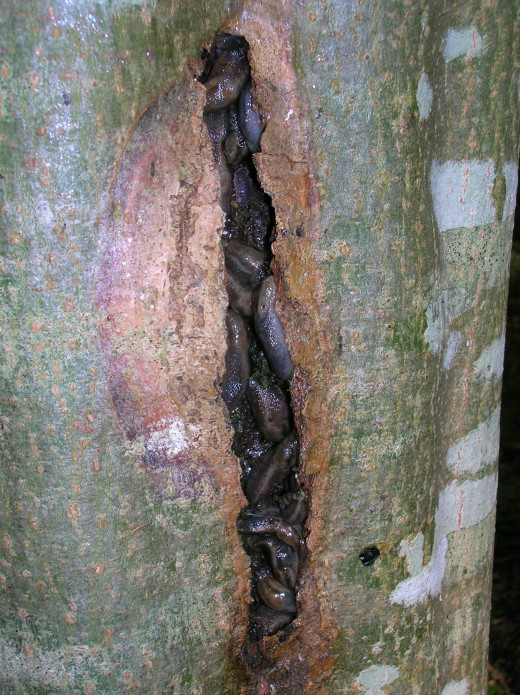
Trees at Risk of Sun Scald
Maple, birch, oak, ash, linden, and the majority of fruit trees have risks of scalding damage. There are several other species of trees that may be susceptible depending on their hardiness and location.
Newly planted trees can be injured much easier by sun scald if grown in poor conditions when compared to older, mature trees grown in optimal areas. Open areas that allow direct sunlight to shine onto the bark for long periods of time during the winter months can easily cause sun scalding and substantial damage to occur.

Tree Wrap on Trunk
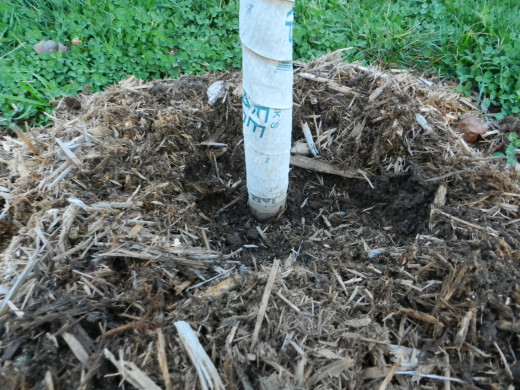
How to Prevent Sun Scald
Sun scald prevention is relatively easy, fast, and cheap to do. Tree wraps are commonly available from garden centers and online shops. The wraps are composed of materials that help to insulate and protect the trunk from excessive warming due to direct sunlight while helping prevent damage freezing temperatures.
Wrapping trees is quick and easy. Simply wrap the trunks of young trees by starting at the bottom of the trunk and circling the wrap upwards and stopping at the first branch. Slightly overlap each layer for good coverage. Wrap the trunk in late fall and remove the wrap in early spring. Young trees should be wrapped every winter for the first 3-5 years or longer depending on the growth rate of the tree.
Forgetting to remove tree wraps in spring can cause injury and/or promote disease. Mold and insects can easily live under the wraps and soften the bark if wraps are left on. Injured bark allows insects and fungi to enter the tree as well. Do not remove wrappings too early either. Wait until the possibility of a hard frost has passed before removing wraps.

Mending Sun Scald Damage
Trees that have sun scald damage will normally heal via growth of the inner bark. Substantial damage can be reduced and growth can be encouraged using a sharp, sterilized knife. The loose, damaged bark can be removed from the scalded area by carefully cutting it off. The resulting bare patch on the trunk should be left alone. Do not use paints and tars on wounds since these are toxic to trees.
Encourage growth with fertilizer applications during the growing months if the tree shows signs of nutrient deficiencies. Always provide adequate water during dry weather to prevent stress and promote healing around the cut area. The healthier a tree is, the quicker wounds will callous. Tree wounds do not heal like human injuries. Injured areas will grow tough calluses around the wound, but the wound will never heal over like a human skin injury.

Winter Sun Scald Poll
Have you ever dealt with winter sun scald damage?



